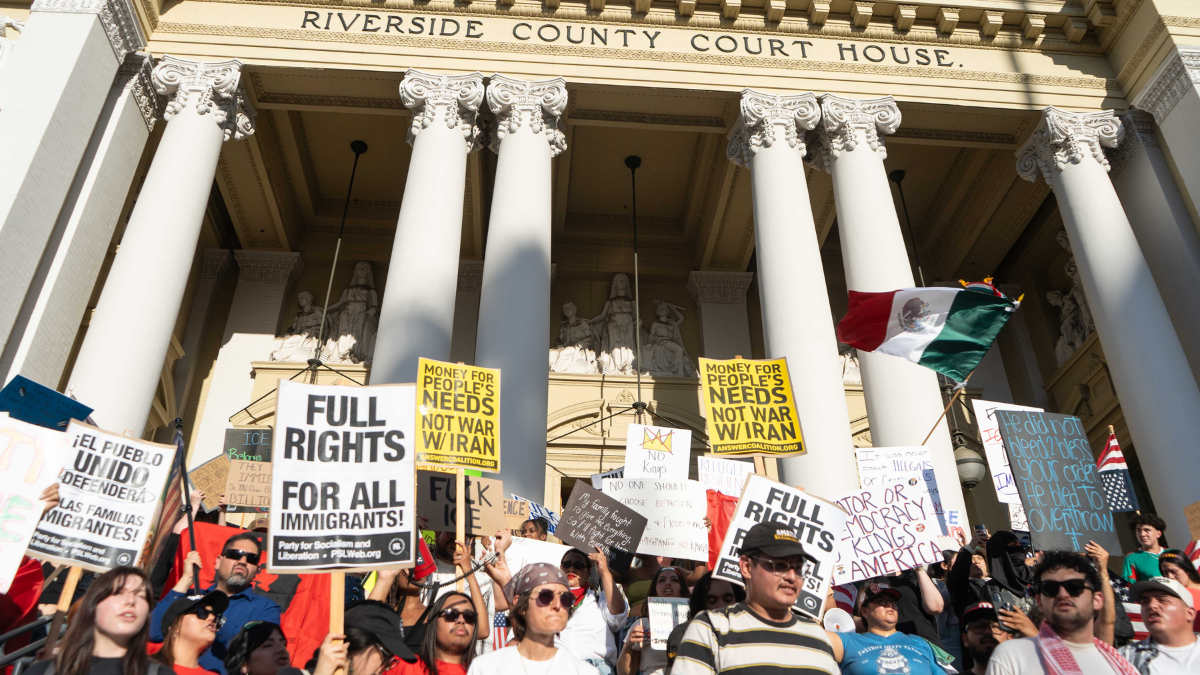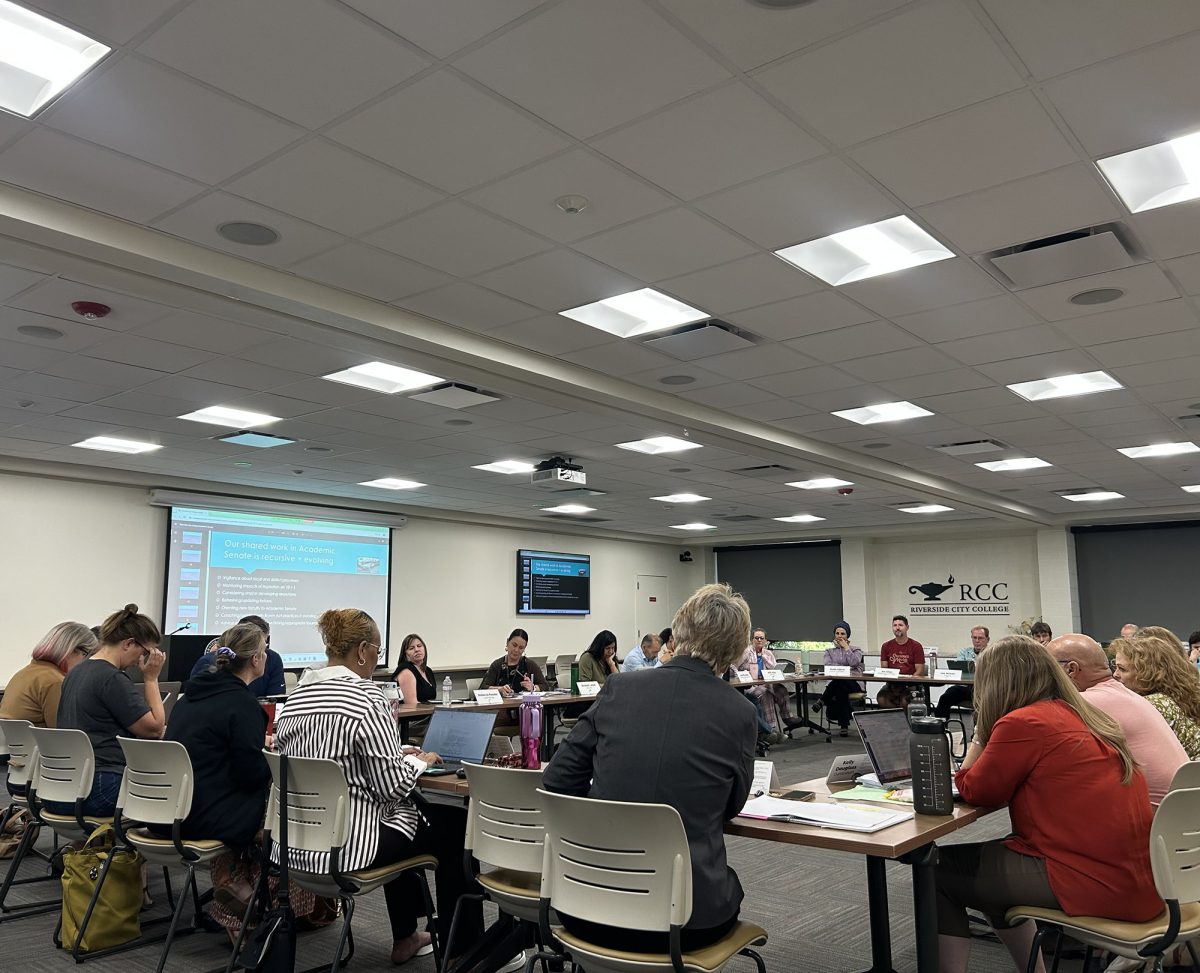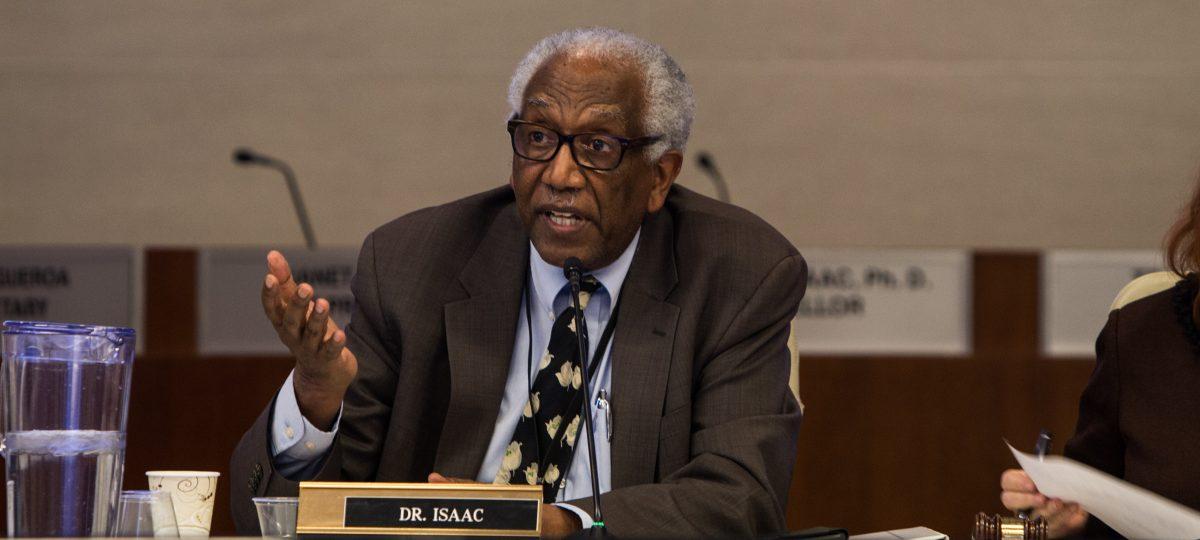Submission by Daniel Soto from the Economic Literacy Organization of Riverside Community College or Econo-Sense. The club believes in spreading economic knowlege in a way that everyone can understand to allow them to view the world economically and politically. Econo-Sense is an a-political as club.
It is no secret that the United States has a large amount of debt; nearly $16 trillion at last calculation. What is the debt ceiling and what does it mean for the debt? In short the debt ceiling is a legislative cap on the amount of debt the United States Treasury is allowed to accumulate in a given fiscal year.
The reason this is so confusing is because many people assume, and are told, that raising the debt ceiling is allowing more debt to accumulate because of new spending. But, raising the debt ceiling simply means adding debt to pay for spending already agreed to during the previous year’s budget.
If Congress does not raise the debt ceiling, the U.S. would default on its commitments, causing a series of financial pains and a downgrade in the U.S. credit rating. Countries, like people, must maintain good credit in order to borrow money cheaply.
If a nation’s credit rating is decreased, the interest rates it must pay to borrow will be much higher. This will make paying back our $16 trillion in debt much more costly in the future. Of course, this implies less money in the future for important government expenditures such as education and infrastructure.
Equally troubling is the fact that changes in the U.S. financial system, unlike many other countries, can cause a tidal wave of negative consequences throughout the world economy if it defaults on its debt.






